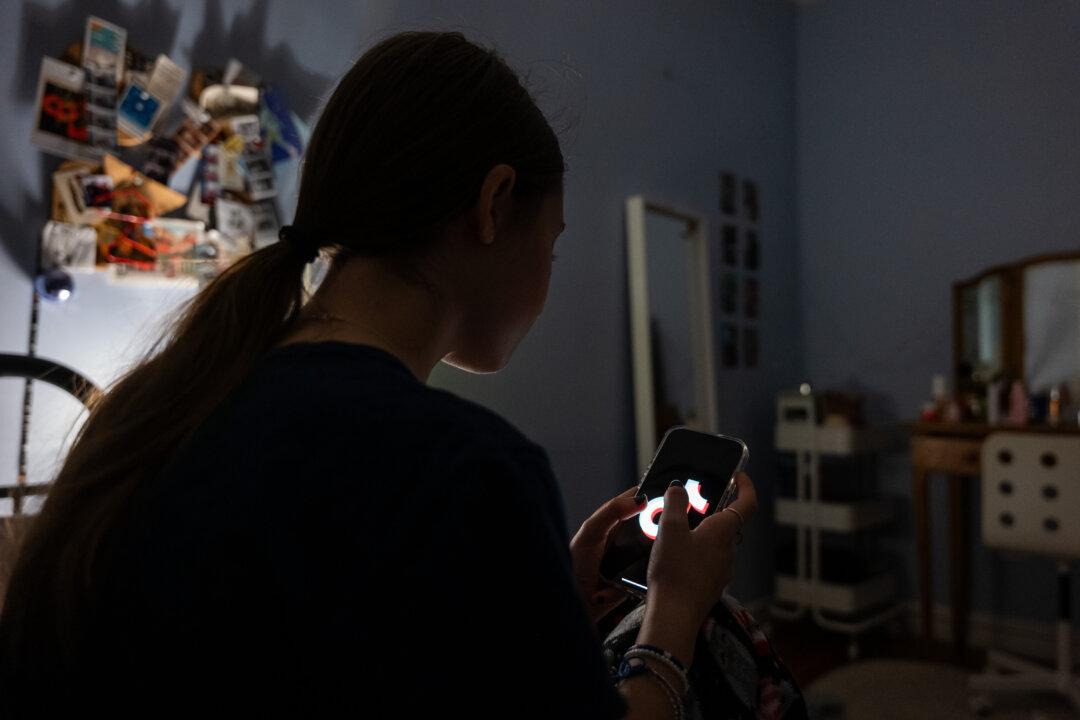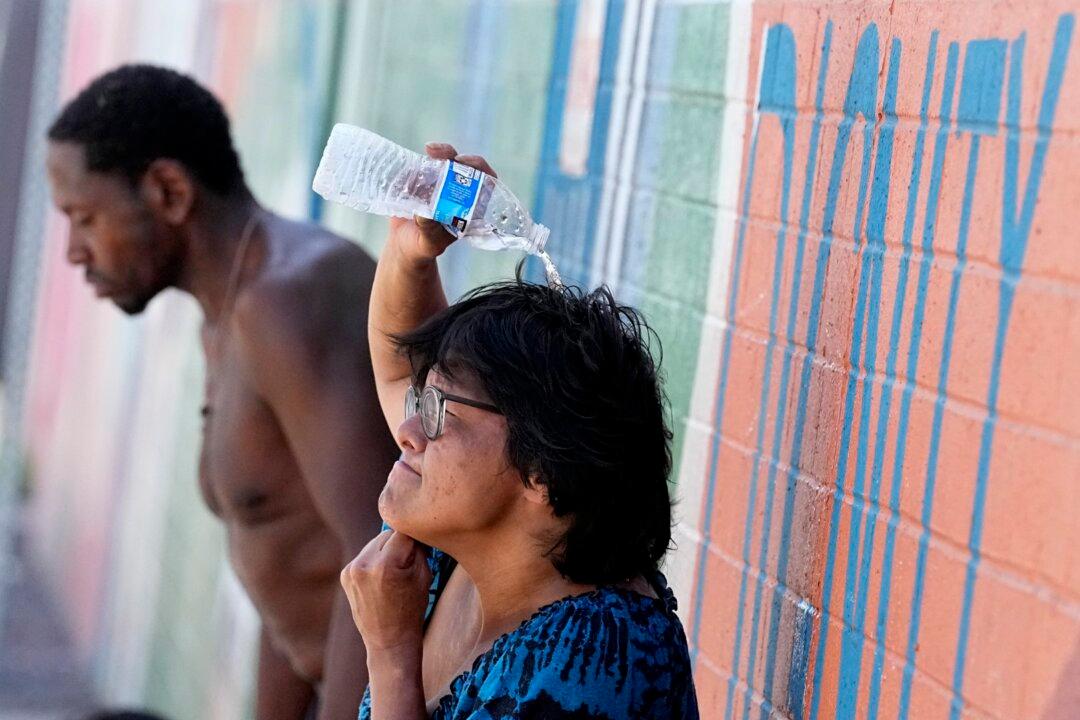In the wake of the transition to online training due to the COVID-19 pandemic, California community colleges have become overrun with “fake students, bots,” and allegations of financial aid fraud.
Kim Rich is a professor of criminal justice and the department chair for Political Science, Administration of Justice, Economics, and Chicano Studies at Los Angeles Pierce College in Woodland Hills, California. Between 2008 and 2010, Rich worked as a professor on a part-time basis, going full time in 2010.





